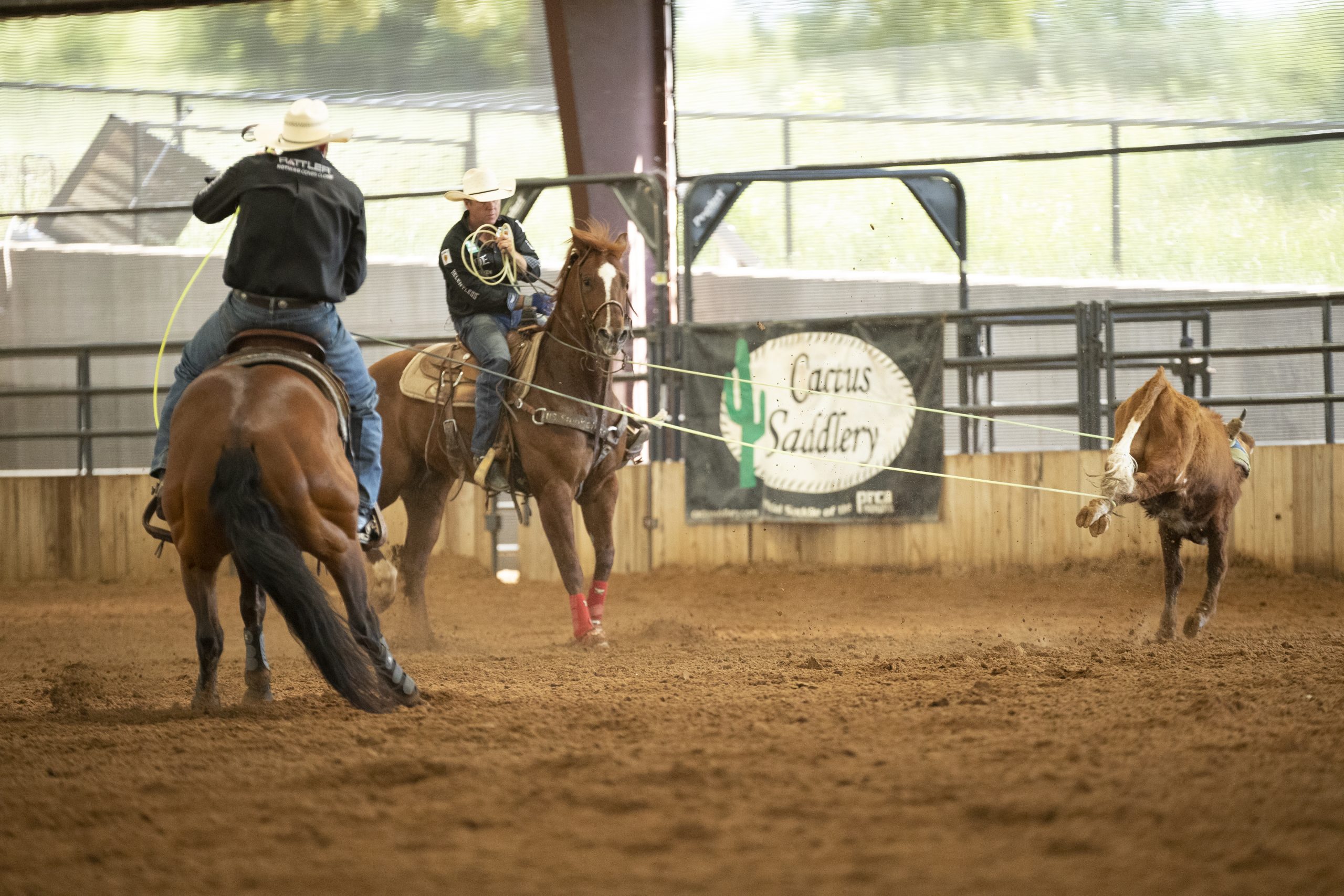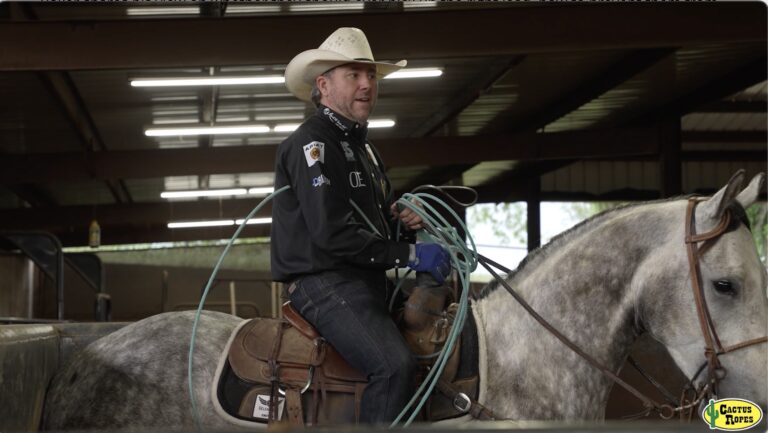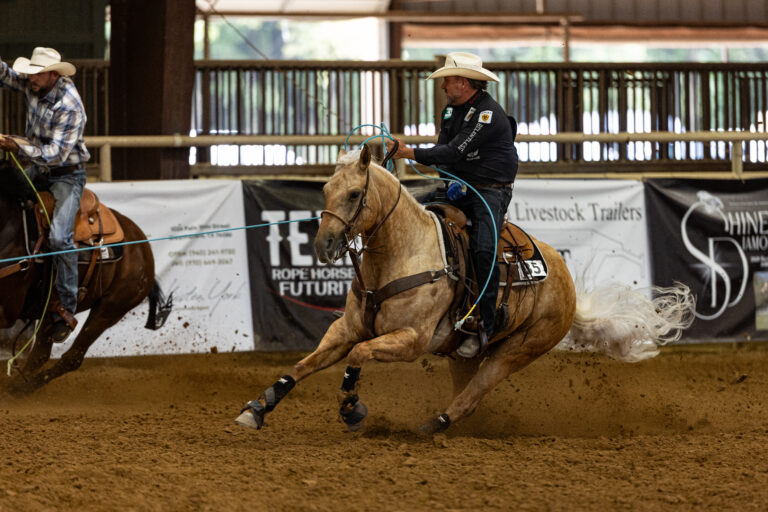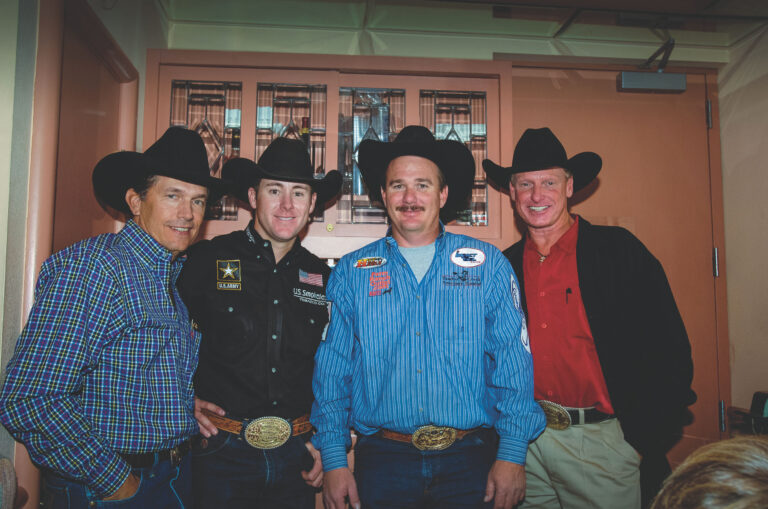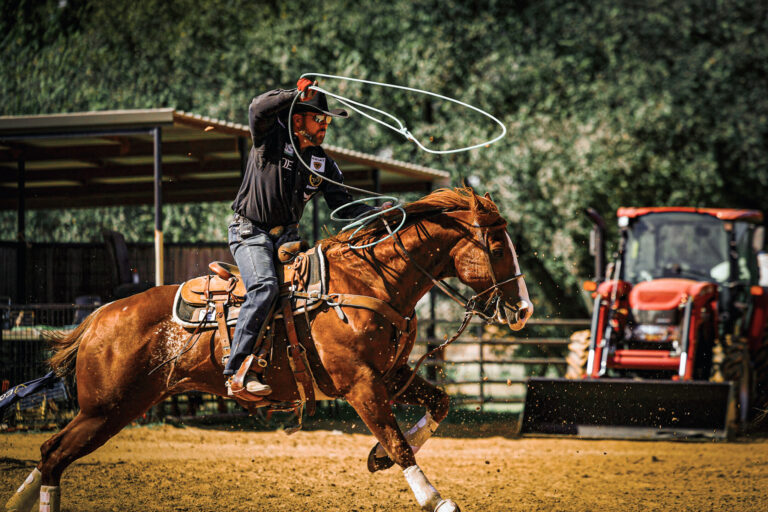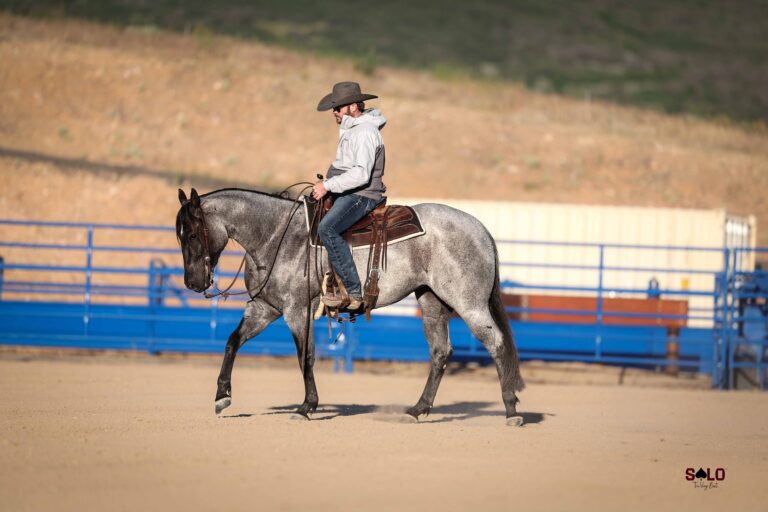Question: Trevor, what’s the best method to get a horse to face straight every time?
— Kody Morigeau
Answer: First, a disclaimer: This is one of those tips I don’t normally tell the general public. So I don’t want to get anybody hurt trying it.
To teach my horses to face, I prefer to hook my horses up to a cardboard box or a banner on the ground—something that they’re scared of. Introducing the face that way, they learn to move their feet without me having to put my spur in their sides. Most people will end up dulling a horse’s sides when trying to teach him to face. But with this method, a horse learns to move his feet fast because he’s scared enough of the object to know that the only way he can get a release is by putting his nose on the rope. Then, I will undally, and he can take five or six steps back until he’s comfortable being away from it.
[Listen: The Short Score BONUS Episode with Trevor Brazile]
[Read: How Much Desensitizing Does Your Rope Horse Need? with Trevor Brazile]
I might start out at the end of my rope. As they get desensitized to that object, I’ll get closer to it to get the same foot speed. A horse is less comfortable the closer the object is, so this teaches him to face the object with his nose against the rope so he can really see what’s behind him.
[SHOP: Brazile’s Relentless Apparel and Boot Line]
Ariat Men’s Relentless Relaxed Fit Boot Cut Jeans
Ariat Men’s Relentless Worthy Stretch Long-Sleeve Shirt
Ariat Men’s Relentless Persistence Jacket
Ariat Men’s Relentless Gold Buckle Western Boot
(As an Amazon Associate, we earn from qualifying purchases made through affiliate links.)
This is one of the first things I do with a young horse, because a big part of what I do is trying to get them desensitized to everything. But, it’s hard to get a really aggressive face when every seasoned horse is as desensitized as I want. So I like to do this before the desensitizing process is over. And if they never get it off the bat, it’s one of the tell-tale signs of whether they’ll be a great horse. Very rarely have I started one, if I did this early enough, that didn’t turn out to be a great facer. It’s letting the horse teach himself, and he learns so fast when you do it that way. From then, you don’t even have to worry about facing. He just gets it.
[Read: 6 Steps to Heading with Trevor Brazile]
The two pitfalls to watch with this: Sometimes a horse can get out from under somebody who’s not ready for him to move his feet that fast. Be careful and stay in the middle.
Another problem: You could decide to hook your horse to something a little too close, and you have to undally to get out of a bind—creating a problem right off the bat. It’s better to start farther away and show him, rather than get too close, and he’s too scared and you have to let your rope go without ever getting him to look at it the right way. That teaches him that the release is sideways instead of straight on, creating a problem from the start.
[PLUS: Brazile’s Relentless Gear Line]
Relentless Future Head Rope by Cactus Rope
[Read: Fast and Flat: The Secret to Teaching the Start with Trevor Brazile]
When you start facing on live cattle, each horse’s needs are different as far as how much to face and when. But I will give you this—I either face a horse completely or I don’t face at all. Half-facing is the biggest problem with most horses. They keep drifting off and never finish the job. I never face a horse then follow the steer to the stripping chute, either. When I face one at home, I keep the hind quarters moving until the nose and shoulders are facing back to the heading box and the hind end is facing the other way. A straight face will be simple after having to do another quarter turn. And remember, if you face the horse into the rope this way, it’s a deal killer too. I lift the rope over the head and face him back to the chute at this point. Lastly, don’t face without your heeler catching and dallying. This is never good because you’re facing the horse into the rope. If you do that it will hit him before he can make a full face.
Trevor wants to answer your questions about roping & horsemanship. Email cshaffer@aimmedia.com to have your questions featured in a future issue of The Team Roping Journal.




